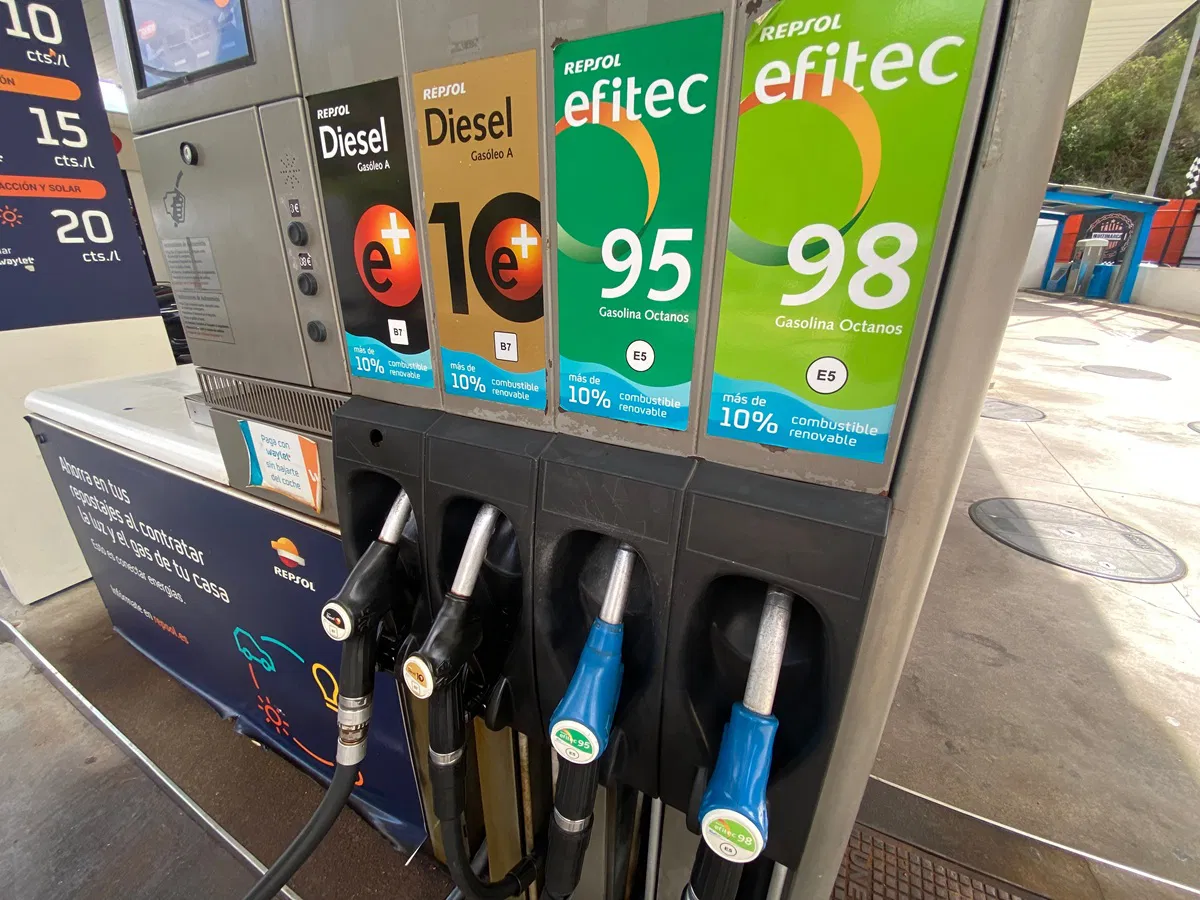Copyright euroweeklynews

If you drive in Spain, you might want to sit down before reading this. Fuel prices could reach €2 per litre by 2027, according to analysts looking at Brussels’ latest climate measures. And although that date sounds comfortably distant, the changes driving this rise are already in motion – and they will affect almost everyone who relies on a car. The increase doesn’t come from oil supply problems or global tensions this time. The push is coming straight from the European Union, which is trying to accelerate the move away from petrol and diesel cars altogether. In fact, the EU is determined to stop the sale of new petrol and diesel vehicles by 2035, a target Spain has publicly backed. But between now and then, things are going to get more expensive. What Exactly Is the EU Changing? At the centre of all this is a new carbon trading scheme known as RCDE2. It’s basically a system that forces fuel suppliers to pay for the pollution caused by the fuel they sell. They’ll have to buy carbon allowances — and the more emissions their fuel produces, the more allowances they must purchase. No prizes for guessing which fuels produce the most emissions: petrol and diesel. So while it’s the suppliers who technically pay those carbon costs, the final hit arrives at the pump. That’s where the prediction of €2 per litre comes from. For some fuel stations – especially small, privately-run ones – absorbing those extra costs may simply not be possible. Some analysts are openly warning that smaller operators could close, especially in rural or less profitable areas. Which means this shift isn’t just about price. It could change where drivers are even able to refuel. Spain’s Car Fleet Is Not Exactly Ready for This Here’s the bigger problem: Spain’s cars are old. And most of them are very reliant on fossil fuel. According to the Spanish Association of Automobile and Truck Manufacturers (ANFAC): The average car in Spain is 14.5 years old – and getting older every year. Around 60 per cent of cars run on diesel. About 34 per cent run on petrol. And electric cars? They’re still only a tiny share of vehicles on the road. There’s a reason for that. Electric cars are still too expensive for many families, even with subsidies. And with inflation pushing up food, rent, and energy costs, upgrading to a brand-new vehicle is simply not an option for a huge number of households. So while Brussels may be racing toward a greener transport future, many Spanish drivers are still hanging on to whatever gets them to work without bankrupting them. And Diesel Drivers Could Be Hit First As if that wasn’t enough, Spain is also under pressure from the EU to scrap the tax advantage diesel currently enjoys. Diesel has long been cheaper at the pump than petrol – and many people chose diesel cars for that very reason. If that tax advantage disappears, diesel prices would rise even before the 2027 carbon scheme kicks in. In other words, many drivers could feel the pain long before the new rules officially begin. So Will Prices Definitely Hit €2? Not guaranteed – at least not yet. The final price increase will depend on: How much carbon allowances cost once auctions begin. How fuel suppliers compete (or struggle) in the new system. Whether governments introduce support for drivers. How quickly electric cars become cheaper and more available. But the direction of travel is clear. The cost of using petrol and diesel cars is going up, and it’s not temporary. It’s part of a deliberate push to encourage — or force — people to move toward electric. The goal is environmental. The reality will be felt in people’s wallets. What Comes Next The next two years will be crucial. If electric vehicle prices fall and charging networks expand, the transition could feel manageable. If not, millions of drivers could be left with cars they rely on but can no longer afford to fuel. The shift away from petrol and diesel may be necessary – but its success depends on whether ordinary people can realistically take part in it. For now, drivers are watching, waiting, and filling the tank while they still can at today’s prices.



